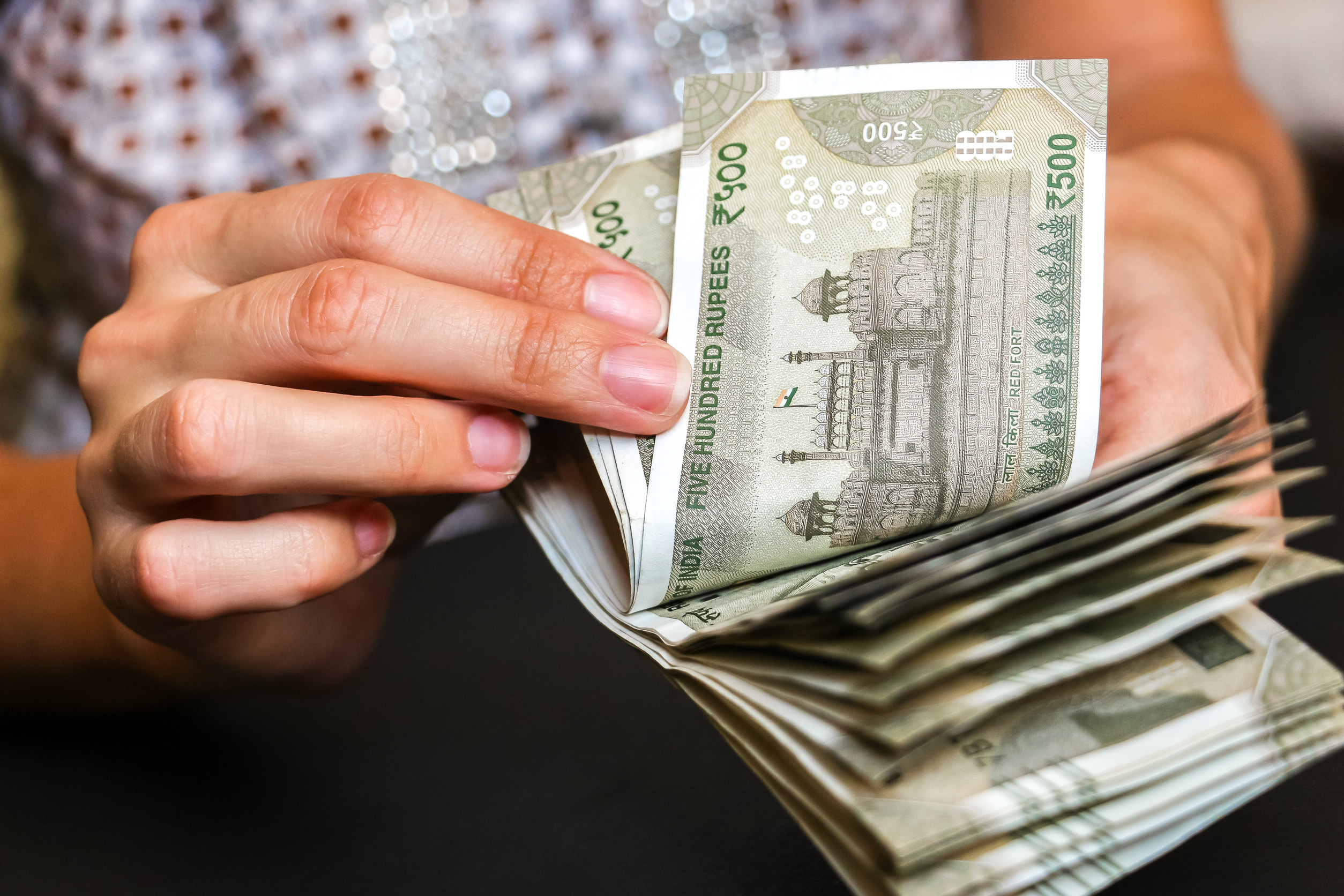In space, there are no cycles of day and night or clouds, making it the perfect place for 24-hour solar energy generation. But how do get the electricity down to earth? Scientists of the Japan Aerospace Exploration Agency (Jaxa) have succeeded in transmitting electricity through microwaves. They sent 1.8 kilowatts—enough to power an electric kettle—170 feet (about 50 meters) through the air. The beam was transmitted with a great degree of accuracy, showing the technique may be used on a larger scale. It’s a—small—step towards the goal of delivering solar power from space but at the same time it shows the endless opportunities for clean, renewable energy.

Scientists transmit wireless power; clean energy from space step closer
More of Today's Solutions
Vision board ideas for adults: how to create one that inspires real change
BY THE OPTIMIST DAILY EDITORIAL TEAM A vision board might look like a crafty throwback to childhood afternoons spent collaging. But don’t write it ...
Read MoreIndia’s social experiment: how paying women directly reshapes welfare, autono...
BY THE OPTIMIST DAILY EDITORIAL TEAM Across India, millions of women now receive a modest but unwavering deposit each month into their bank accounts. ...
Read MoreNew Zealand’s groundbreaking shift to renewables promises massive emiss...
New Zealand launched its most ambitious emissions reduction initiative to date in an incredible undertaking. The government announced a historic switch from coal to ...
Read MoreGoing for the goal: the impact of team sports on boosting young girls’ ...
In a pioneering study, the Here for Every Goal report demonstrates that team sports, particularly elite women's soccer (referenced from here on in this ...
Read More









